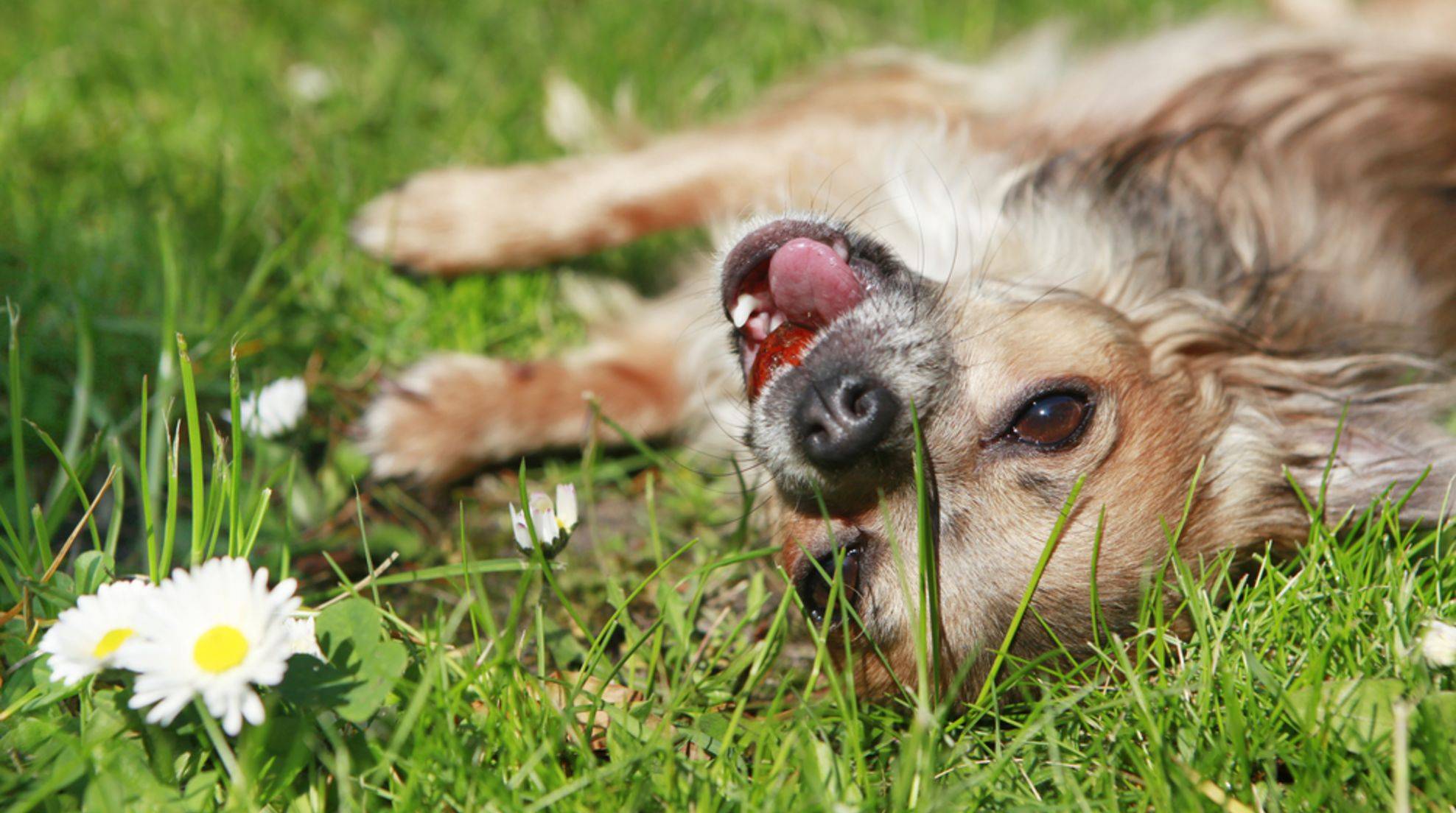
Canine Conduct Decoded: Interpreting Dog Body Language
Body language has a profound influence on dog behavior. When a dog is trying to communicate with humans or other dogs, he will send appropriate body signals. You can better understand your dog if you learn to read the signs.
Body language and verbal expressions can reveal dog behavior towards conspecifics like humans. You can better understand your dog’s message if you pay attention both to the rod position and to body posture.
The rod position is the antenna for body language.
Dogs’ tails can tell you quite a bit about their behavior. Not all dogs that waggle are in a friendly mood. The wagging of the tail is primarily an expression of excitement. It can be an expression of excitement, but can also indicate restlessness or aggression. When you read about general dog behavior, you will understand the meaning of tail-wagging.
Body language used for fetching sticks: playing posture
When your dog wants play, it will stretch his front legs out in front. In this position, the chest is almost touching the ground while the back legs are straight and the tail is wagging vigorously. The dog will bark or whine, which will prompt you to play with a ball or throw sticks.
Dogs that display a threatening posture should be treated with caution
When the dog adopts a threatening position, its tail will also be pointing upwards. The dog is standing up straight because he wants to impress the opponent with his body language. The ears are raised and the facial expressions tense, almost as if they were human. Dogs may growl and raise their flews to show a threat. You should be extremely cautious and not ignore these warning signs.
The dog is scared: Fearful bodylanguage
When a dog feels scared, he will turn his back and curl up within himself. He will pull his tail in, try to shrink himself, and run backward. This type of dog behavior can be accompanied by nervous whining and squealing.
Your dog’s body language: A quick glance at its facial expressions
Many dog owners forget that dogs also communicate effectively through their facial expressions. Face expressions can convey many emotions, including hunger, fear or affection. Face expressions are a result of the dog’s facial movements. The effect of each word can be amplified depending on the pattern and structure of the coat.
The dog’s ability to coin his Mimik is based on the way he looks at the world. If he is rigidly looking straight ahead, and his pupils are constricting, this could be a sign of danger. A relaxed face and pupils that are dilated indicate happiness or affection.

